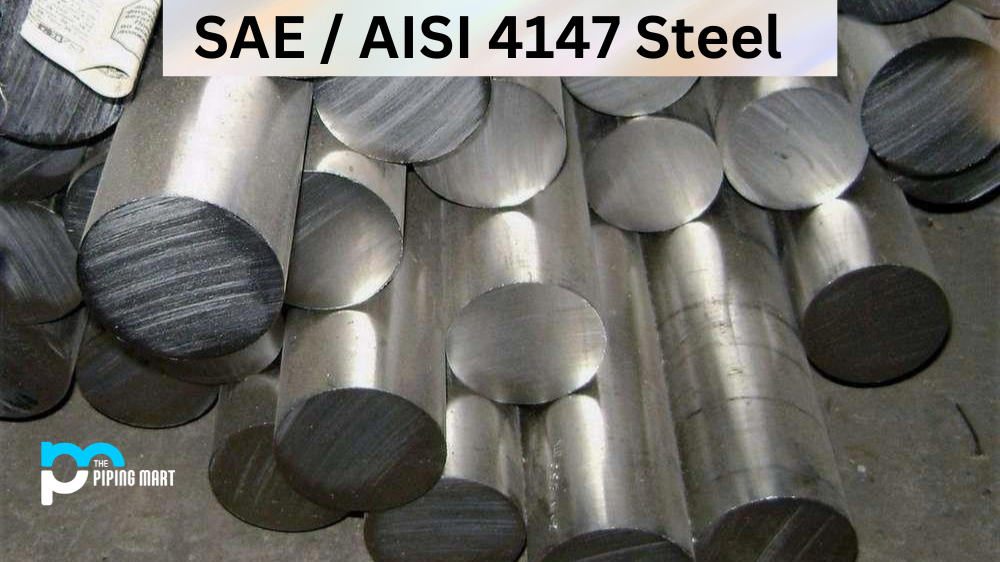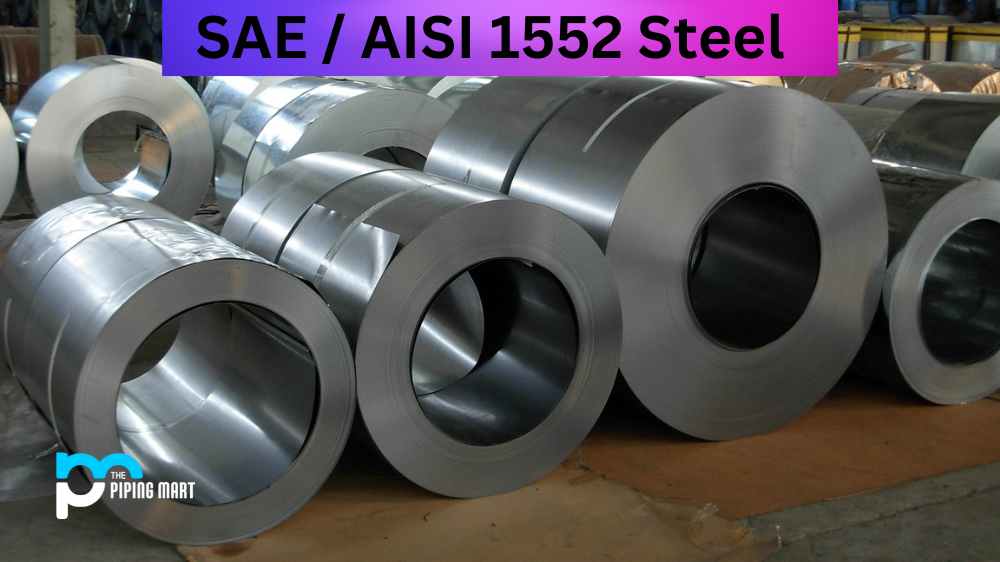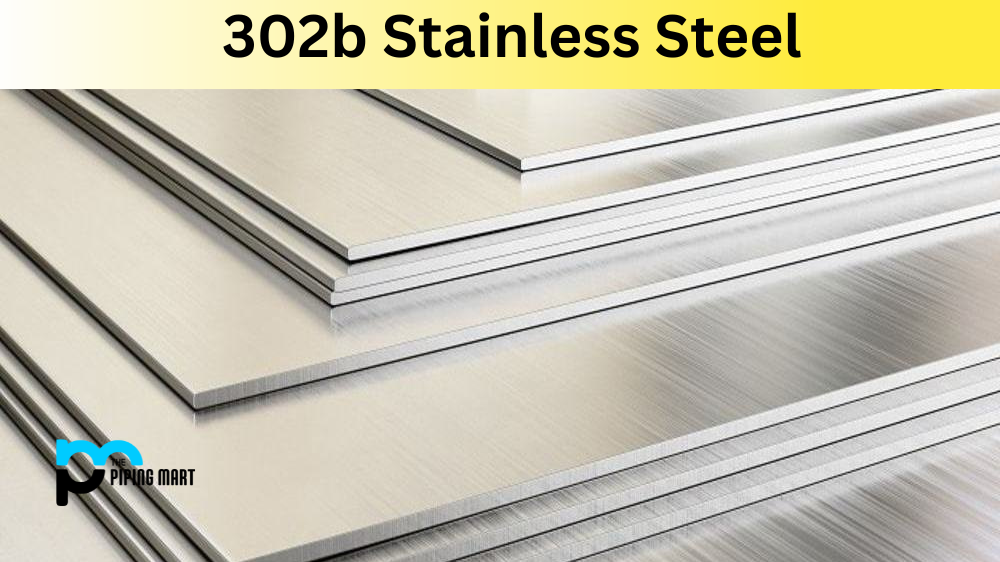SAE/AISI 4147 is a widely used steel for general applications. UNS G41470 has many properties that make it an ideal choice for a variety of uses, such as its excellent corrosion resistance, heat resistance, and machinability. SAE/AISI 4147 Alloy Steel (UNS G41470) is a highly versatile steel often used in various applications. Unlike other types of steel, UNS G41470 is known for its exceptional strength and durability, making it an excellent choice for the automotive, aerospace, and engineering industries. The composition of AISI 4147 Alloy Steel includes elements such as chromium, molybdenum, and manganese, which all play a role in its impressive properties. For example, adding chromium helps increase the steel’s corrosion resistance, while molybdenum enhances its toughness and heat resistance. With its unique strength, durability, and corrosion resistance, it’s no wonder that SAE-AISI 4147 steel is a popular choice among manufacturers and engineers. In this blog post, we’ll discuss the various uses of 4147 Alloy Steel, including its corrosion resistance, heat resistance, heat treatment, machining, and welding capabilities.
What Forms of AISI 4147 is Available at Piping Mart?
- Nut
- Bar
- Bolt
- Pipe
- Screw
- Tubing
- Valves
- Washers
- Flanges
- Fasteners
- Electrodes
- Stud Bolts
- Sheet Plates
- Pipe Fittings
- Forged Fitting
- Instrumentation Fittings
AISI 4147 Composition
| Element | Content (%) |
|---|---|
| Chromium, Cr | 0.80-1.10 |
| Manganese, Mn | 0.75-1.00 |
| Carbon, C | 0.45-0.50 |
| Silicon, Si | 0.15-0.30 |
| Molybdenum, Mo | 0.15-0.25 |
| Phosphorus, P | 0.035 (max) |
| Sulfur, S | 0.04 (max) |
AISI 4147 Physical Properties
| Properties | Metric | Imperial |
|---|---|---|
| Density | 7.85 g/cc | 0.284 lb/in³ |
AISI 4147 Mechanical Properties
| Properties | Metric | Imperial |
|---|---|---|
| Bulk modulus (typical for steels) | 140 GPa | 20300 ksi |
| Shear modulus (typical for steels) | 80.0 GPa | 11600 ksi |
| Elastic modulus | 190-210 | 27557-30458 ksi |
| Poisson’s ratio | 0.27-0.30 | 0.27-0.30 |
| Hardness, Brinell (annealed and cold drawn) | 187-235 | 187-235 |
| Hardness, Knoop (converted from Brinell hardness) | 234 | 234 |
| Hardness, Rockwell B (converted from Brinell hardness) | 94 | 94 |
| Hardness, Rockwell C (converted from Brinell hardness, value below normal HRC range, for comparison purposes only) | 16 | 16 |
| Hardness, Vickers (converted from Brinell hardness) | 222 | 22 |
| Machinability (annealed and cold drawn, based on 100 machinability for AISI 1212 steel) | 60 | 60 |
AISI 4147 Thermal Properties
| Properties | Metric | Imperial |
|---|---|---|
| Thermal Conductivity | 42.6 W/mK | 296 BTU in/hr.ft².°F |
AISI 4147 Equivalent
- ASTM A322
- ASTM A331
- ASTM A505
- ASTM A519
- SAE J404
- SAE J412
- SAE J770
AISI 4147 Uses
SAE/AISI 4147 is a type of low-carbon steel that is strong and durable. It can be used in a variety of applications due to its strength and corrosion resistance. It is often used in manufacturing tools and machinery components where toughness and wear resistance are important considerations. This steel is also used to make components for heavy-duty vehicles such as trucks and trailers because of its exceptional strength-to-weight ratio.
AISI 4147 Uses in Industries
Automotive Industry
One of the most common uses of AISI 4147 steel is in the automotive industry. This type of steel is used to make various vehicle parts and components, such as gears, shafts, and axles. The high strength and durability of AISI 4147 make it ideal for use in these critical automotive applications.
Aerospace Industry
The aerospace industry also utilizes AISI 4147 steel in various applications. This type of steel is commonly used to make aircraft landing gear components, engine parts, and structural elements. Its high strength-to-weight ratio makes it a preferred choice in aeroplanes and other aircraft.
Oil and Gas Industry
AISI 4147 is also widely used in the oil and gas industry due to its excellent corrosion resistance properties. This type of steel is often used to make drill collars, casing strings, and other equipment that comes into contact with corrosive materials during drilling operations.
Construction Industry
AISI 4147 steel is commonly used in the construction industry to make heavy-duty equipment such as cranes, excavators, and bulldozers. Its high strength and toughness allow these machines to withstand heavy loads and harsh working conditions on construction sites.
Power Generation Industry
The power generation industry also relies on AISI 4147 steel for various applications. This type of steel is often used to make turbine blades, shafts, and other critical components in power plants due to its high-temperature resistance and excellent mechanical properties.
AISI 4147 Corrosion Resistance
One of the most important properties of SAE/AISI 4147 steel is its ability to resist corrosion in harsh environments. This steel contains low amounts of chromium, which gives it great protection against rusting or staining from exposure to moisture or other corrosive elements. The addition of chromium also increases the hardness and strength of this alloy, which makes it more durable than other types of steel. Additionally, this alloy has a higher carbon content which helps it resist oxidation at high temperatures.
AISI 4147 Heat Resistance
This type of alloy also has good heat resistance when compared to other alloys in its class. Its high chromium content helps increase its resistance to thermal shock when exposed to extreme temperatures or rapid temperature changes. The additional carbon content also contributes to the alloy’s stability at high temperatures by providing better creep strength than other alloys with lower carbon contents do not have.
AISI 4147 Heat Treatment
SAE/AISI 4147 can be easily heated and treated for increased hardness or ductility depending on the desired application requirements. The most common method for treating this alloy is through annealing, which involves heating the material until it reaches an austenitic state before quickly cooling it down to room temperature in order to increase hardness or ductility as needed. Other methods, such as tempering or quenching, may also be used depending on the specific application requirements, but these processes can cause greater distortion in some parts, so they should only be done if absolutely necessary when working with complex shapes or tight tolerances required.
AISI 4147 Machining
Machining this alloy is relatively easy when compared with other alloys because it does not require specialized cutting tools like some do and can be machined with standard drills and taps without any issues whatsoever. Its superior wear resistance means that you won’t need to sharpen your cutting tools after every job like you would have had to do with lower-grade materials like aluminium or brass, making production times much faster and more efficient overall.
Conclusion:
Whether you need a tough metal for industrial applications or something more malleable for consumer goods production, SAE/AISI4 147 has got you covered! Its exceptional corrosion resistance, heat tolerance, machinability, and weldability make it an ideal choice for any number of metalworking projects ranging from automotive components through tool-making machinery parts all way over consumer goods production tasks, small and large scale alike, therefore, making a perfect choice.

Pipingmart is a B2B portal that specializes in metal, industrial and piping items. Additionally, we share the latest information and information about materials, products and various types of grades to assist businesses that are involved in this business.




